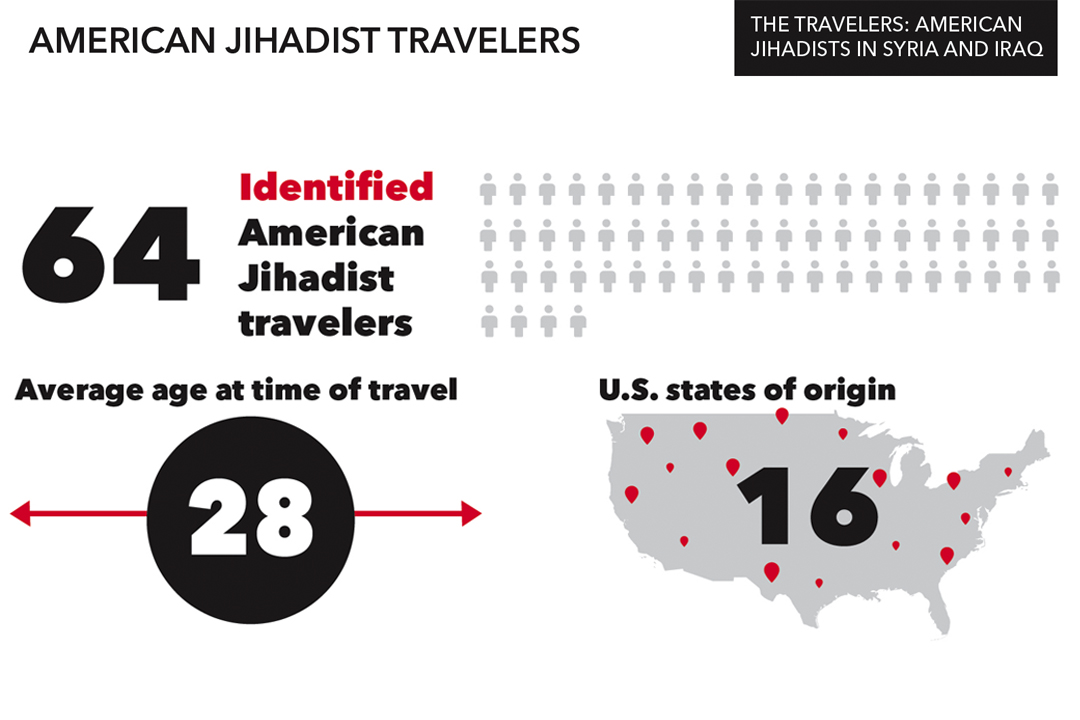By Kristen Mitchell
Security experts often focus on individual bad actors who lead terrorist attacks, but tracing the radicalization of one leader doesn’t necessarily explain why a particular group planned and carried out an act of violence, said Neil Johnson, a new Columbian College of Arts and Sciences physics professor.
It’s the same reason why you could never understand what created the iceberg that sunk the Titanic by looking at the behavior of a single molecule—the whole group plays a role. Dr. Johnson, who came to the George Washington University in August, is applying theories of physics, modeling and social media data to better understand how extremist groups form and predict how they will behave.
“There are often bad apples ... at some stage they had to be created. So what was it about the system that led to that?” he said. “You want to wind that clock really back, and in the end, it may not come down to a single bad guy. It might be something else – something more collective.”
Law enforcement investigations are driven by the need to charge perpetrators for terror-related crimes, but in scientific terms, too much focus on lone wolf actors can miss the bigger picture. One goal of Dr. Johnson’s research is to see how far left of boom—a specific terror event—actors can be traced. This will help them determine which critical moments built the patchwork of the present.
Dr. Johnson’s academic training was in “many-body” physics, a theory that proves a framework for understanding the collective behavior of interacting particles. Dr. Johnson applies that theory to extremist groups that form on social media platforms such as Facebook and Twitter to better understand how they create a collective narrative and what transitions need to happen for that group to carry out an attack. Dr. Johnson’s lab uses models to understand—and potentially predict—how terror cells form and behave.
Dr. Johnson recently published a paper that described a mathematical model his research group developed to identify the early signs of extremism in online groups.
“We try to build these models to see what is the worst thing that could happen, and when, and how could it be avoided,” he said. “And how by taking one away or three away from a developing group, could affect the course of the future.”
At GW, Dr. Johnson leads a new interdisciplinary initiative focused on complexity and data science. In addition to his work on extremism, he studies the ecology of predatory algorithms in electronic markets to understand what creates crashes and big changes. Continuing his work at GW will be a “tectonic shift” in his research, Dr. Johnson said. Washington, D.C., is the nerve center for conversations on extremism. Being in D.C. will enable Dr. Johnson to work more closely with partners such as the U.S. Department of Defense (DOD) and the U.S. Securities and Exchange Commission.
Put simply, “this is where decisions are made,” Dr. Johnson said.
Dr. Johnson currently receives funding from the National Science Foundation for his work on a Cyber-physical (CPS) systems project primarily led by computer scientists and engineers who seek to optimize systems. Dr. Johnson instead focuses on identifying the bad things that can happen in the system, and how those concerns can be mitigated. He also receives funding from DoD.
“Optimized machines and systems are good, but at some point they are close to as optimized as they will get,” he said. “A bad day for a system can have severe consequences.”
In addition to his research, Dr. Johnson plans to develop a new upper-level data analytics class for the spring. He is excited to relaunch his lab at GW and work with student research assistants from across disciplines at GW, in order to tackle these “big data” problems.
Dr. Johnson came to GW from the University of Miami, where he had worked since 2007. He received the 2018 Burton Award from the American Physical Society. Dr. Johnson received his B.S. from the University of Cambridge and his Ph.D. at Harvard University.




